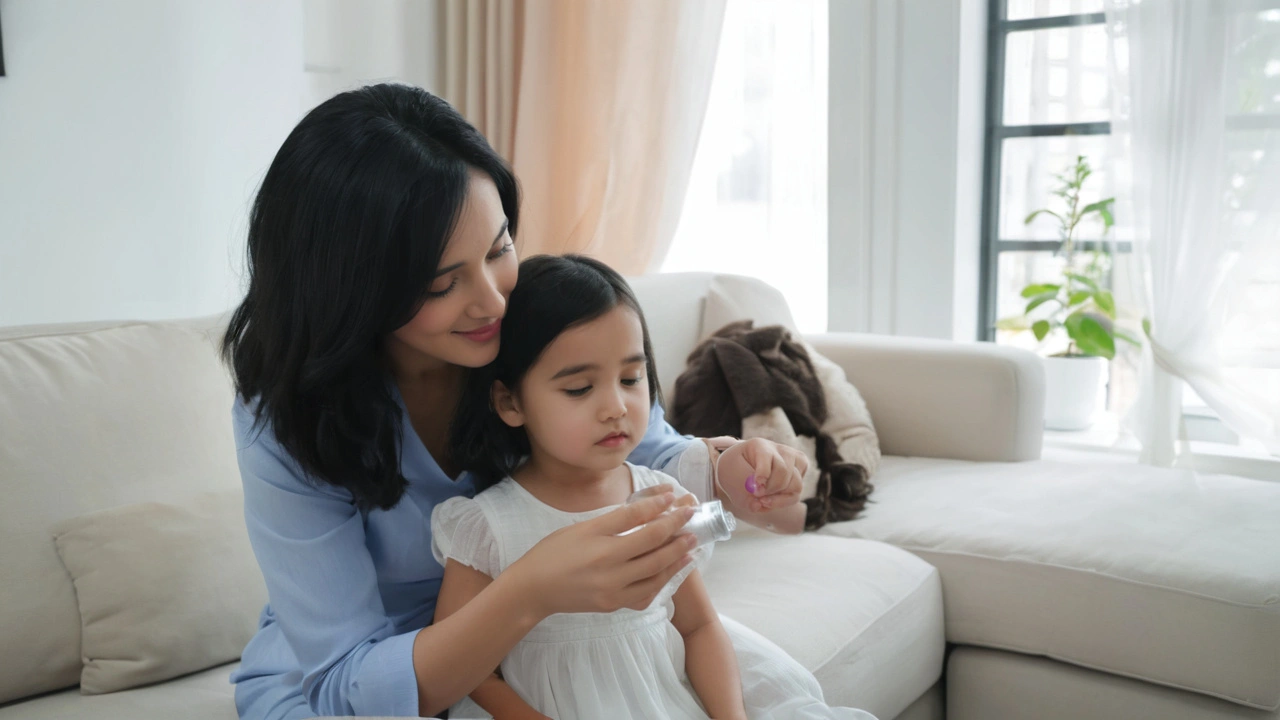Pediatric Antibiotics: What Parents Need to Know for Safe & Effective Treatment
When your child is sick, antibiotics can sound like the fix everyone’s hoping for. But just because an infection pops up doesn’t mean antibiotics are the answer. Knowing when they help, how to give them, and what to watch for makes all the difference. Nobody wants guesswork with their child’s health—let’s clear up what matters about antibiotics for kids right now.
When are antibiotics really needed for kids? Most childhood sniffles, earaches, or coughs are caused by viruses, and antibiotics do nothing there. Doctors recommend antibiotics only for bacterial infections—think some ear infections, strep throat, certain pneumonias, and a few others. If your healthcare provider holds off on a prescription, it’s probably because your child won’t benefit, and taking unnecessary antibiotics can actually do harm.
Dosing mistakes can cause real trouble. Kids aren’t just tiny adults, so their dosage is all about weight, not age or guesswork. Always follow your doctor’s instructions down to the decimal—too much or too little can mean the drug doesn’t work or causes side effects. If a dose is missed, don’t double up without checking with a pharmacist or doctor. Keeping an updated chart or setting reminders on your phone helps avoid slip-ups.
Watch out for side effects and allergic reactions. Diarrhea and mild stomach troubles happen a lot, especially with broad-spectrum antibiotics like amoxicillin-clavulanate. Rashes can pop up too, sometimes unrelated to true allergies. But if you notice swelling, trouble breathing, or your kid seems unusually tired or irritable, that's a red flag—call your doctor or seek medical help, no waiting.
Don’t stop early (even if they seem better). Kids often perk up fast, but stopping antibiotics before the full course is finished means the bacteria might still be there, possibly coming back stronger. Always finish the prescribed days, even if your child seems 100% back to normal after day two.
Delivery matters—some tricks help the medicine go down. If you have a toddler who spits everything out, ask your pharmacist if mixing the liquid with juice or yogurt is okay. Some antibiotics come as tasty suspensions or chewable tablets, but others taste strong no matter what. Use the dosing syringe or spoon given by the pharmacy—kitchen tools just aren’t accurate enough for tiny doses.
Ask about probiotics. If diarrhea kicks in, probiotics might help protect your child’s gut bacteria. Talk to your doctor before starting anything new, since timing and type matter. Plain yogurt with live cultures is often a simple, kid-friendly option.
Antibiotic resistance is real. Taking these medicines when they aren’t needed, or sharing leftover doses, gives germs a chance to adapt—and that means harder-to-treat infections in the future. Always return unused antibiotics to a pharmacy for safe disposal. Never save them "just in case."
Parents have plenty to juggle, but getting antibiotics right is key for your child’s health and everyone else’s, too. Whenever you’re unsure—about symptoms, dosing, allergic reactions, or anything else—calling your doctor or pharmacist beats guessing every time.
Managing Azithromycin Shortage: Alternatives and Solutions for Pediatric Care
The liquid formulation of Azithromycin, a critical antibiotic for children, is facing a shortage due to increased global demand, spurred by a resurgence of respiratory illnesses like pertussis. Expected to last until late November, this shortage poses significant challenges. Alternatives such as clarithromycin and doxycycline are available but with drawbacks. Temporary solutions include an overseas brand of azithromycin liquid formulation and transitioning children to tablets.
